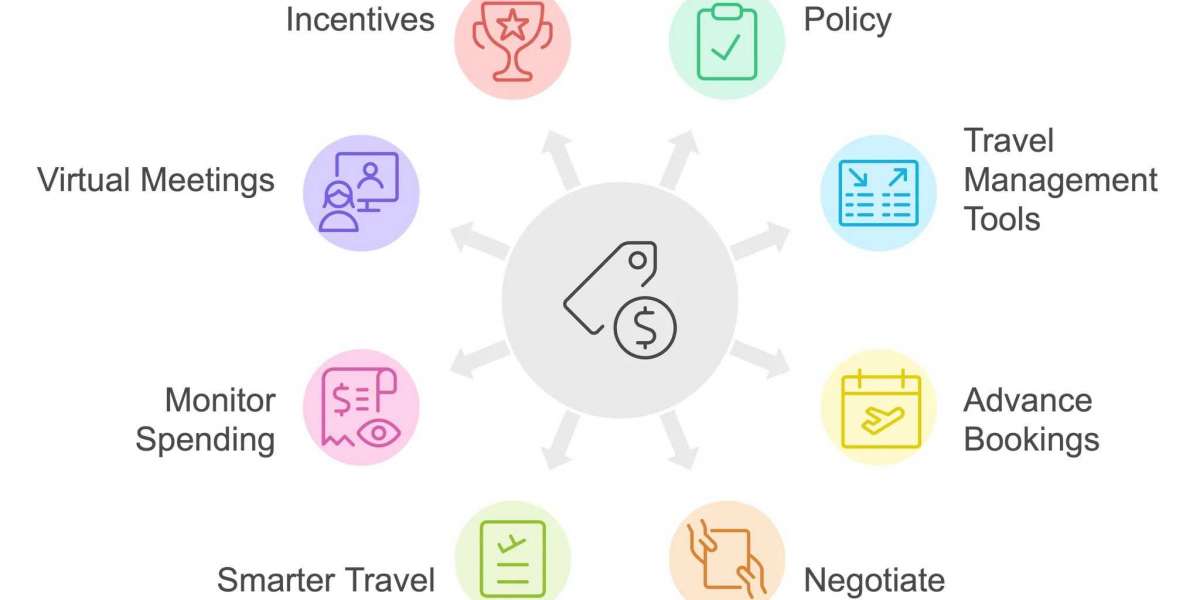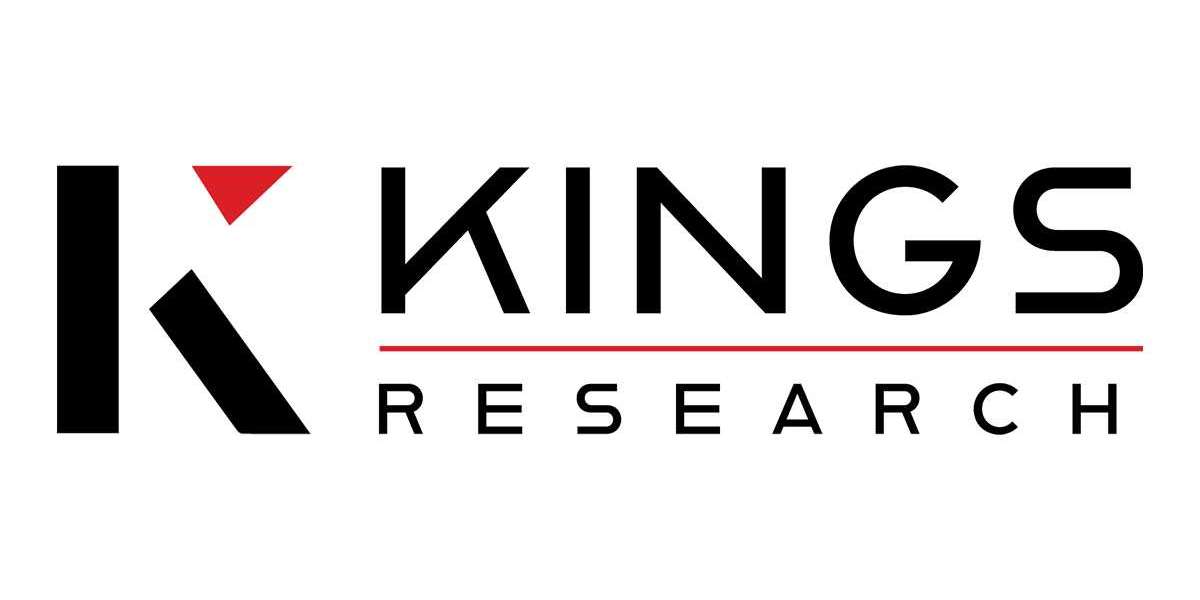Managing travel expenses is a crucial part of running a business, especially for organizations that rely heavily on employee travel. While business travel is essential for growth, networking, and meeting clients, it can quickly become a significant expense if not handled efficiently. Thankfully, there are ways to cut down on travel management costs without compromising the quality of travel or productivity. Here are some practical strategies that businesses can adopt.
A well-defined travel policy is the cornerstone of effective travel cost management. The policy should outline the company’s rules regarding transportation, lodging, meals, and other travel expenses. It should also specify the approval process for trips and the use of preferred vendors or services. Having a consistent framework reduces ambiguity and ensures employees are aware of cost-saving expectations.
Technology can significantly simplify the travel management process. By using travel management tools, businesses can book flights, hotels, and rental cars at competitive rates while staying within the company’s budget guidelines. These tools also provide data on spending trends, enabling managers to make informed decisions about cost optimization.
For example, tools like Routespring can help businesses streamline their travel management process. With its intuitive platform, companies can manage bookings, expenses, and approvals in one place. It also ensures compliance with company policies, saving both time and money.
Last-minute bookings are often more expensive than planning ahead. Encouraging employees to book flights, hotels, and transportation well in advance can lead to substantial savings. Companies can reinforce this behavior by integrating travel policies that incentivize early bookings, such as offering bonuses or reimbursements for cost-efficient choices.
Establishing relationships with travel service providers can open doors to discounted rates. Businesses that frequently use specific airlines, hotels, or rental car companies can negotiate corporate rates or benefit from loyalty programs. These agreements can significantly cut down travel costs over time.
Strategic planning of travel schedules can reduce unnecessary expenses. For instance, mid-week travel is often cheaper than flying on weekends. Similarly, avoiding peak travel seasons or hours can save money on airfare and accommodation. Encouraging employees to bundle multiple meetings or visits into a single trip can also reduce overall travel frequency.
Tracking expenses is crucial for identifying areas where costs can be reduced. Detailed reporting helps businesses understand how much they are spending, where the money is going, and what changes can be made. Regular audits of travel expenses can uncover inefficiencies, duplicate bookings, or unnecessary expenses that can be avoided in the future.
In a digital-first world, not all meetings need to be conducted in person. Encouraging employees to use video conferencing tools for internal meetings or certain client interactions can significantly cut travel-related expenses. By prioritizing virtual options where possible, businesses can allocate travel budgets to only the most critical in-person meetings.
Rather than micromanaging travel choices, businesses can empower employees to make cost-effective decisions by providing them with clear guidelines and trusted tools. For example, if employees are encouraged to use specific platforms like Routespring and Navan, they can independently make bookings while staying aligned with company policies and budget constraints.
Automating expense management through digital tools can eliminate inefficiencies and save money. Such systems allow employees to submit receipts, get approvals, and receive reimbursements seamlessly. Additionally, these tools help managers track expenses in real-time, ensuring that spending remains within budget.
Reducing travel management costs requires a blend of proactive planning, smart technology, and clear policies. Businesses that take the time to evaluate their travel processes and make data-driven decisions can achieve significant savings without sacrificing employee satisfaction or productivity. Platforms like Routespring and Travelperk, when used effectively, can become valuable allies in this endeavor, helping organizations strike the right balance between cost-efficiency and seamless travel experiences.







